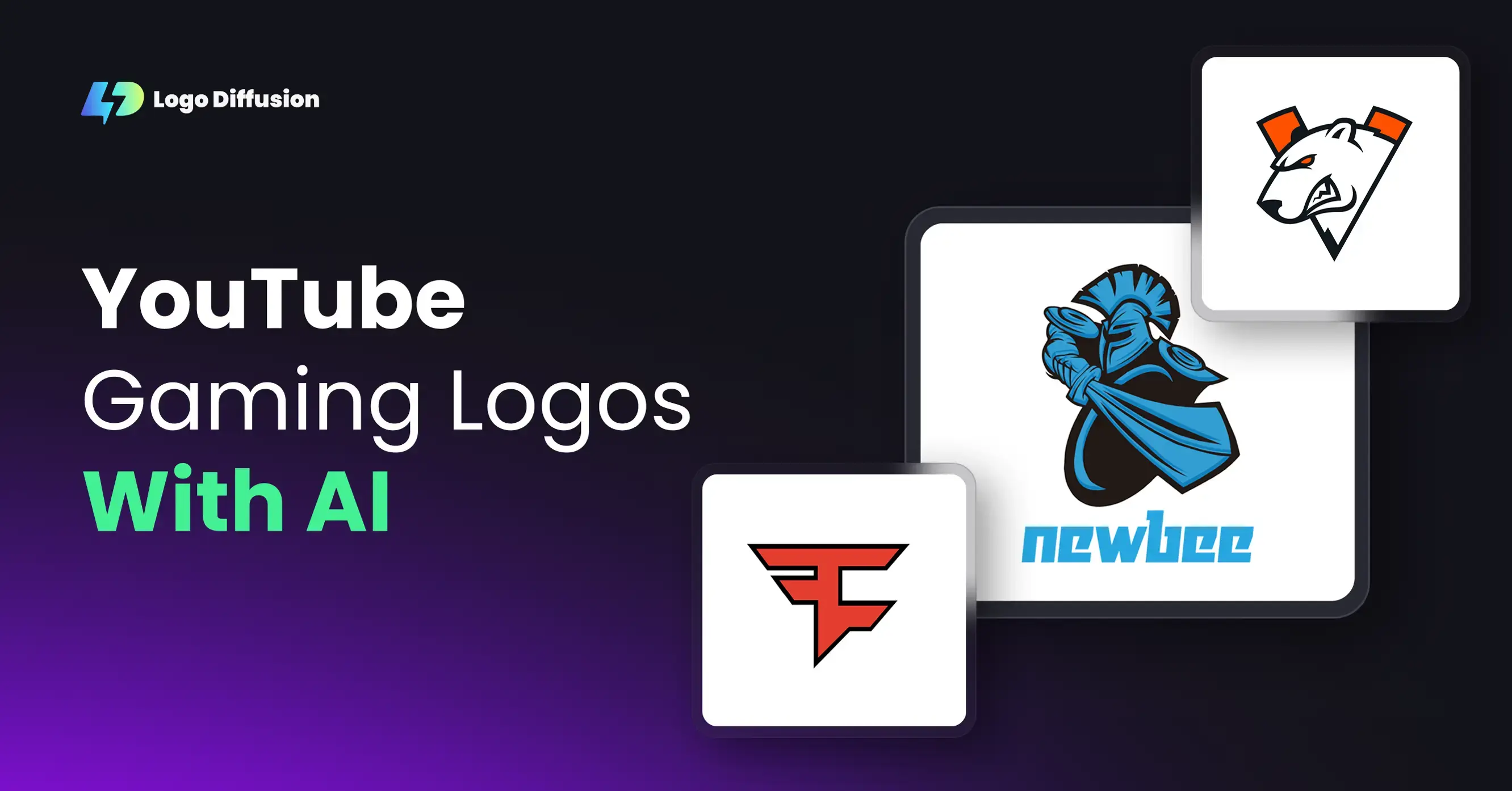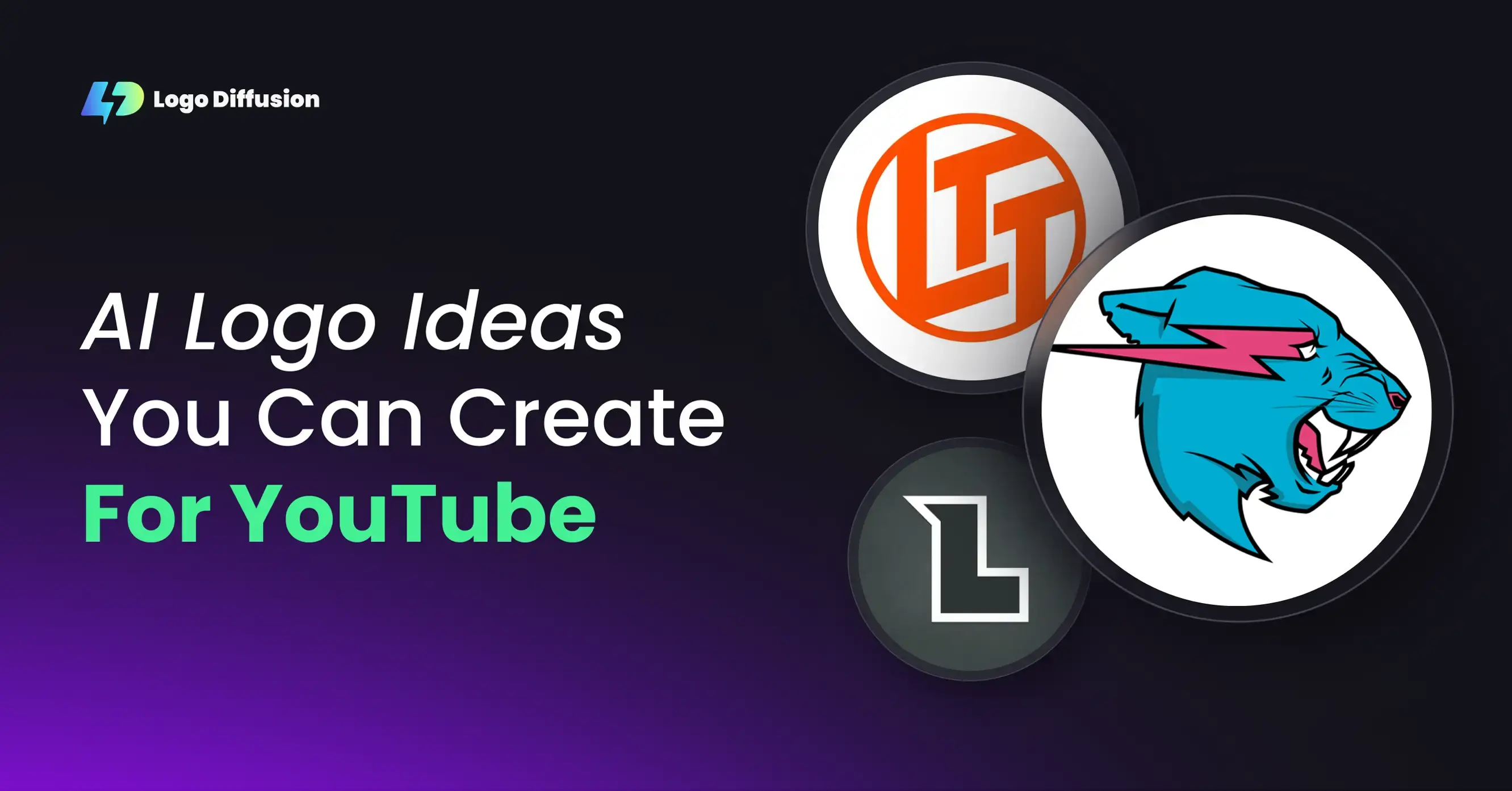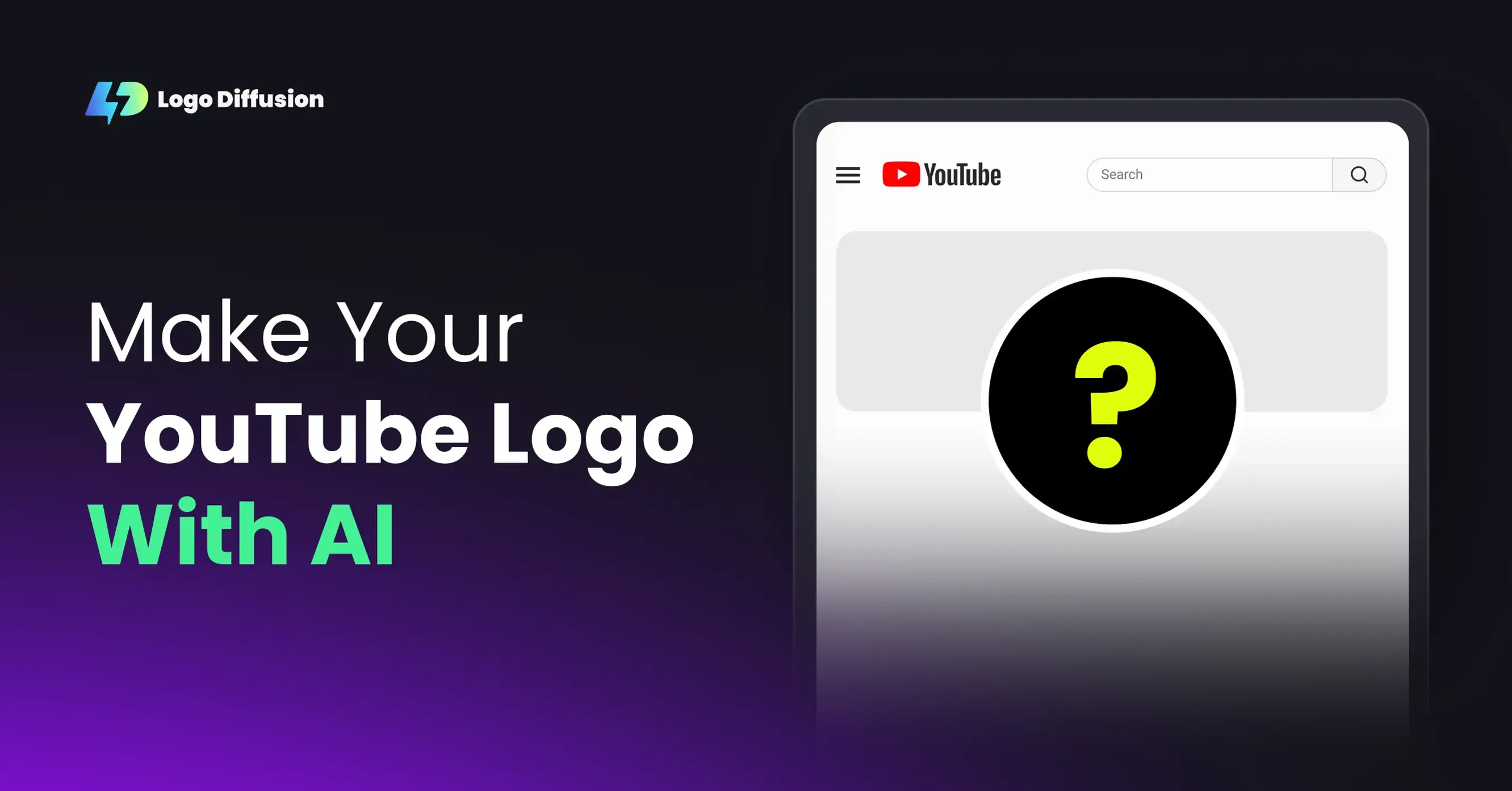

In 2025, choosing the right logo file format is more important than ever to ensure your brand looks sharp across all platforms. Here's a quick summary of what you need to know:
- Vector files (SVG, AI, EPS): Best for logos due to infinite scalability and small file sizes. Ideal for web, print, and large formats like billboards.
- Raster files (PNG, JPEG): Great for detailed or transparent images but limited by resolution. Use PNG for web graphics and JPEG for photos or email signatures.
- AI advancements: Tools now offer instant vector creation, background removal, and smart upscaling to maintain logo quality effortlessly.
- 3D logos: Emerging trends demand formats that handle dimensional rendering while preserving design clarity.
Quick Comparison
| Feature | Vector (SVG, AI, EPS) | Raster (PNG, JPEG) |
|---|---|---|
| Scalability | Infinite, no quality loss | Limited by original resolution |
| File Size | Smaller for simple designs | Larger for high-quality images |
| Best Uses | Logos, icons, typography | Photos, detailed illustrations |
| Transparency | Supported (SVG, PNG) | PNG only |
| Print Quality | Excellent at any size | Resolution-dependent |
For consistent branding, keep vector files as your master format and convert to others as needed. Organize your files with clear naming conventions and regular backups to streamline workflows.
Vector vs. Raster: Main Differences
Vector Graphics Explained
Vector graphics are created using mathematical equations, which means they maintain sharpness and detail no matter the size. Whether you shrink them to a tiny icon or blow them up for a billboard, they’ll stay crisp and clear.
Here’s why vector files are a great choice for logos:
- They can be scaled infinitely without losing quality.
- Simple designs result in smaller file sizes.
- They’re ideal for printing applications.
- Colors can be adjusted quickly and easily.
With Logo Diffusion’s vector export feature, you can effortlessly scale your designs for any purpose, from small icons to large prints. Plus, its text-to-logo and sketch-to-logo tools ensure precise vector files ready for any use.
Raster Graphics Explained
Raster graphics are made up of a grid of pixels, each containing specific color information. Think of them as digital mosaics - zoom in close enough, and you’ll notice the individual squares of color. While they’re perfect for detailed, colorful images, they’re not always the best fit for logos.
Key traits of raster graphics include:
- A fixed resolution set when the image is created.
- Larger file sizes for high-quality images.
- Pixelation when scaled beyond their original size.
- Ideal for detailed photographic elements.
Vector vs. Raster Comparison
| Feature | Vector Graphics | Raster Graphics |
|---|---|---|
| Scalability | Infinite scaling without quality loss | Limited by original resolution |
| File Size | Smaller for simple designs | Larger for high-quality images |
| Best Uses | Logos, icons, typography | Photos, complex illustrations |
| Common Formats | AI, EPS, SVG | JPEG, PNG, GIF |
| Color Complexity | Works best with flat colors and gradients | Handles millions of colors easily |
| Editing Flexibility | Easily adjustable shapes and colors | Pixel-level editing only |
| Print Quality | Excellent at any size | Resolution-dependent |
| Web Performance | Fast loading (SVG) | Format-dependent loading times |
Choosing the right format is key for ensuring your designs look great across both digital and print platforms. For logos and branding, vector formats offer unmatched flexibility and performance.
Standard Logo File Formats 2025
In 2025, certain logo file formats remain essential for various design and practical applications. Here's a breakdown of the most common formats and their uses.
AI and EPS Files
Adobe Illustrator (AI) and Encapsulated PostScript (EPS) are key formats in logo design. These vector-based files ensure logos stay sharp and scalable, no matter the size or medium.
AI files:
- Native to Adobe Illustrator, retaining layers and editability
- Ideal for future edits and updates
- Compatible with most professional design tools
EPS files:
- Widely used vector format across platforms
- Suitable for commercial printing, ensuring color consistency in CMYK and RGB
- Works seamlessly with various design software
SVG Files for Web
Scalable Vector Graphics (SVG) have become indispensable for web logos. They are lightweight, adaptable, and designed for modern web requirements.
Why SVG is ideal for web:
- Responsive scaling: Adjusts perfectly to any screen size
- Lightweight: Smaller file sizes compared to PNG
- SEO-friendly: Search engines can interpret SVG code
- Animation-ready: Supports dynamic, interactive elements
- Customizable: Easily styled using CSS
PDF, PNG, and JPEG Uses
These formats cater to specific needs, from print to digital use cases:
| Format | Common Uses | Advantages | Drawbacks |
|---|---|---|---|
| Print materials, documents | Supports vector graphics, universally compatible | Can be large in size | |
| PNG | Web graphics, digital displays | Supports transparency, retains quality | Limited to fixed resolution |
| JPEG | Web images, email signatures | Small size, widely supported | No transparency, compressed quality loss |
How to choose the right format:
- Use PDFs for professional printing and embedding in documents.
- Opt for PNGs when transparency and high-quality visuals are needed online.
- Select JPEGs for simple web images or email signatures where transparency isn’t required.
sbb-itb-384f04f
File Formats by Use Case
Selecting the right file format ensures your brand stays consistent across all platforms.
Print Format Guide
When it comes to print, high-quality logo files are a must. Here’s what to use:
Large Format Printing
- Trade Show Displays: AI or EPS files work best.
- Vehicle Wraps: Use vector files (AI/EPS) in CMYK for precise colors.
- Billboards: Stick with scalable vector formats for sharp results.
Business Materials
For items like business cards, letterheads, and promotional products, AI, EPS, or PDF formats are ideal to maintain consistency.
For digital needs, you'll need formats tailored for clarity and performance.
Digital Format Guide
Digital platforms require specific file types to ensure logos and graphics look sharp and load quickly.
Website Usage
- Primary Logo: SVG format is perfect for scalability.
- Favicon: Use ICO or PNG files for small, clear icons.
- Email Signatures: PNG with transparent backgrounds works well.
Social Media Requirements
| Platform | Recommended Format | Size |
|---|---|---|
| PNG or JPEG | 400×400 px | |
| PNG | 320×320 px | |
| SVG or PNG | 400×400 px | |
| PNG | 170×170 px | |
| YouTube | PNG | 800×800 px |
Use this table to match your needs with the best file format.
Format Selection Chart
| Use Case | Primary Format | Alternative Format | Key Consideration |
|---|---|---|---|
| Print Production | AI/EPS | Ensures color accuracy (CMYK) | |
| Web Headers | SVG | PNG | Scales responsively |
| Mobile Apps | SVG | PNG | Keeps file size small |
| Email Marketing | PNG | JPEG | Loads quickly |
| Digital Ads | SVG/PNG | JPEG | Meets platform specs |
| Merchandise | EPS | AI | Matches vendor needs |
For example, tools like Logo Diffusion can export SVG files for digital platforms or create clean PNGs with background removal for overlays. Picking the right format not only preserves quality but also simplifies your workflow.
File Management Tips
Once you've chosen the right file formats, keeping your files organized is key to maintaining brand consistency across different platforms.
File Names and Folders
Stick to a clear and consistent naming system that includes details like brand, usage, color, size, version, and format. Here's a suggested format:
[Brand]-[Usage]-[Color]-[Size]-[Version].[Format]
Examples:
CompanyLogo-Web-Color-500px-v2.svgCompanyLogo-Print-CMYK-Large-Final.aiCompanyLogo-Social-RGB-Square-v1.png
For folder organization, use a logical structure like this:
Logo-Assets/
├── Master-Files/
│ ├── Vector/
│ └── Source/
├── Web/
│ ├── Social/
│ └── Website/
└── Print/
├── Merchandise/
└── Stationery/
Once your files are properly named and sorted, focus on managing their sizes for better performance.
File Size Management
- Vector files: Export SVGs without embedded images, remove unnecessary metadata and layers, and simplify paths.
- Raster files: Compress PNGs without losing quality, save JPEGs between 60-80% quality, and remove hidden layers.
Tools like Logo Diffusion can help with exporting vectors and maintaining quality.
File Backup Methods
Backing up your logo files ensures you don’t lose important assets. Here are a few reliable methods:
- Cloud Storage: Save master files in at least two cloud storage services. Use version control and organize folders for current assets, archived versions, work in progress, and client approvals.
-
Version Control: Keep track of logo updates with a version log. Here's an example:
Version Date Changes Location v1.0 01/15/2025 Initial Release Master/Vector v1.1 02/28/2025 Color Update Master/Vector v2.0 03/15/2025 Refresh Master/Vector - Local Backups: Regularly store and update copies on external drives for extra security.
Summary
Here's a quick breakdown of the key points about logo file formats and how to manage them effectively.
File Format Basics
- Vector files (.AI, .EPS, .SVG): Perfect for scalability without losing quality.
- Transparent PNGs: Ideal for digital use, especially when a clear background is needed.
- High-resolution JPEGs: Useful for specific print and online applications.
Managing Your Formats
Tools like Logo Diffusion simplify tasks such as exporting vector files, upscaling resolution, and removing backgrounds. These features ensure your logos are ready for both digital and print needs while keeping everything organized.
Best Practices for File Organization
- Use clear and consistent file names.
- Sort files by type and intended use.
- Keep track of version history.
- Maintain multiple backups for added security.
For example, the platform's Basic Plan ($20/month when billed annually) provides 50 vector exports and background removals, making it easier to manage your brand assets effectively.
Choosing the right file formats and staying organized helps maintain your brand's consistency and performance across all platforms.
Elevate Your Brand with the Ultimate AI Logo Maker




































.png)




